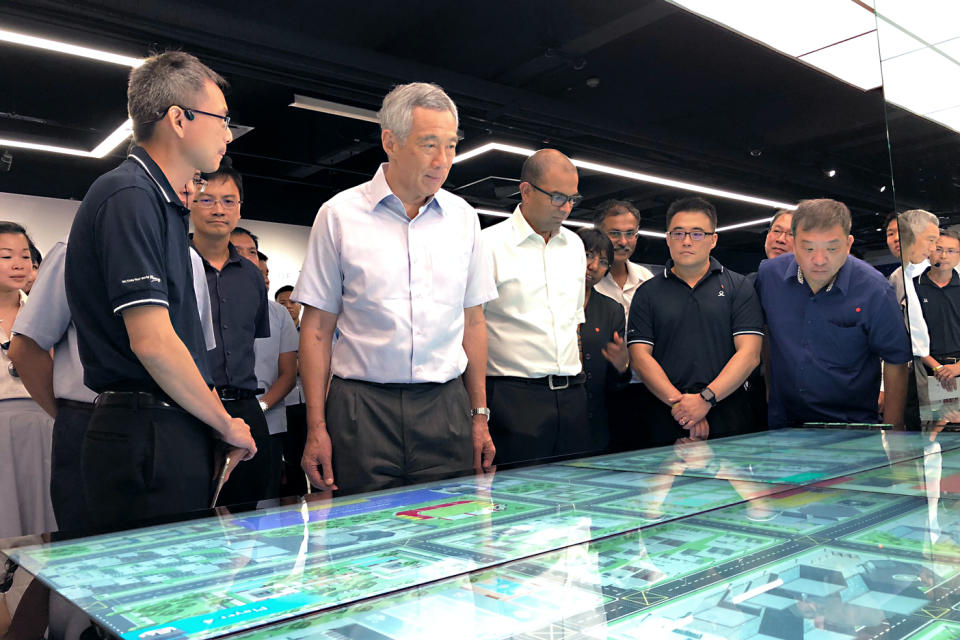'Fashionable' not to own or drive a car in Singapore: Sitoh Yih Pin

Singaporeans have taken to the idea of a car-lite society, so much so that it has become fashionable among young adults not to own or drive a car, said Government Parliamentary Committee for transport chairman Sitoh Yih Pin on Wednesday (19 September).
Speaking on the sidelines of the official launch of a public engagement exercise for the next Land Transport Master Plan (LTMP 2040) at the Land Transport Authority (LTA) headquarters, Sitoh was asked how Walk Cycle Ride (WCR) modes of transport – a key part of LTMP 2040 – can be made more attractive to Singaporeans.
In response, the 54-year-old Potong Pasir MP noted, “This concept which we floated several years ago about a car-lite society, and today we are talking about WCR – Walk, Cycle and Ride – has very much become a part of the lives of many Singaporeans. In fact, especially when you talk to the young, it appears to me that it is becoming very fashionable not to drive so much, maybe not even to own a car, and to take public transport more…even to walk and to cycle.”
Sitoh is also a member of the 15-member Land Transport Master Plan Advisory Panel, which will advise LTA on recommendations for the next LTMP. The Panel is chaired by Senior Minister of State for Transport Janil Puthucheary, who launched the public consultation exercise with Prime Minister Lee Hsien Loong as guest of honour.
Over the next few months, Singaporeans will be able to share their ideas and opinions on the LTMP via electronic polls and focus group discussions. Their views will be incorporated into the LTMP, which will map out the future of Singapore’s land transport system for 2040 and beyond. The Panel will release its recommendations in early 2019.

A Public Consultation Document (PCD) was also released on Tuesday with three broad themes: how walking, cycling and riding can be made the preferred ways to travel, how to make these modes of commuting easier and more inclusive, and how the land transport system can improve the quality of life.
Dr Puthucheary noted that more than a thousand people have already given their views via e-polling. “In those views, we agree…we want it be convenient, connected, faster. But there are trade-offs to consider, there’s a balance between all the different interests and the views of different stakeholders. How do we deal with those issues?”
The 45-year-old noted that one key area of feedback was the transfer time between different modes of transport, which adds to the commuter’s travel time. In this regard, one key strategy in LTMP 2040 is to provide and facilitate more direct means of travel.
Wednesday also saw the opening by PM Lee of the SG Mobility Gallery, which offers visitors a glimpse of the future of Singapore’s land transport system. Lee also graced a ceremony marking the completion of 200 kilometres of sheltered walkways under the LTA’s Walk2Ride programme.
Related stories
East-West Line delay due to switch mechanism problem: Janil Puthucheary
East West Line suffers morning delay due to track point fault: SMRT



